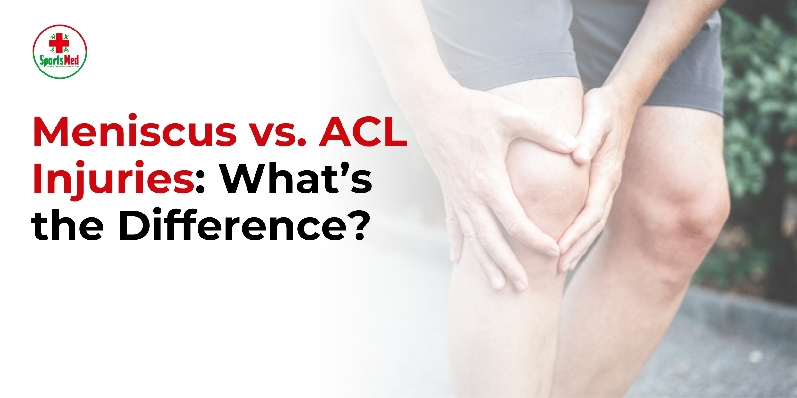
Meniscus vs. ACL Injuries: What’s the Difference?
Amongst the most common orthopedic maladies in the world lie knee injuries, especially affecting athletes and the more active. Common knee injuries involve the meniscus and the anterior cruciate ligament. These two structures certainly iron out the working aspects of stability in the knee, but they do so in two different ways and, therefore, get injured in various ways. A basic understanding of the differences between them will help in diagnosing, treating and rehabilitating such injuries.
Important Parts of the Knee Joint
A complicated hinge-type joint linking the femur and tibia consists of several essential elements.
- Bones: Femur, tibia, and patella (kneecap)
- Ligaments: ACL, PCL, MCL, and LCL (provide stability)
- Cartilage: Articular cartilage covers bone surfaces
- Menisci: Two crescent cartilages absorb shocks
The Meniscus
Twisting or pivoting motions almost always injure the meniscus--the most common being when the foot is on the ground, acting as a fixed point.
Symptoms of a Meniscus Tear:
- Pain along the joint line
- Swelling that develops over hours
- Clicking or locking sensation
- Difficulty fully straightening the knee.
ACL (Anterior Cruciate Ligament)
The anterior cruciate ligament is one of the ligaments that provides knee stability, especially while making quick changes in direction or stopping suddenly. It attaches the femur to the tibia and prevents the tibia from anteriorly gliding away.
An injury to this ligament occurs commonly when it's jumping, pivoting, or undergoing contact game plays (football, basketball, and soccer).
Symptoms of an ACL Tear:
- A loud "pop" sound at the time of injury
- Immediate swelling
- Knee instability or “giving way”
- Inability to continue activity
ACL tears do not heal on their own due to poor blood supply and often require surgical reconstruction followed by extensive rehabilitation, especially for athletes.
Meniscus vs. ACL Injuries: Key Differences
The meniscus and ACL have different structural makeup and function within the joint. The meniscus stands as a fibrous cartilage to absorb some shocks during movement, while the ACL is a ligament stabilizer during knee movement. Meniscal injuries often result from twisting or repeated aggravations and cause swelling and pain along the joint line, with mechanical symptoms suggestive of locking or clicking. It is due to a sudden pivot or stop with a sharp "pop", immediate swelling, and inability to bear weight on the limb.
Rarely can minor meniscal tears be treated conservatively, while a complete tearing of the ACL almost invariably requires reconstructive surgery, especially in an athlete or a physically active person.
Conclusion
Meniscus and ACL injuries occur in only one knee but have differences in anatomy, function, and therapy. The menisci work as shock absorbers to ensure that the patella does not abnormally impact the femoral condyles, whereas the ACL prevents excess anterior translation of the tibia: the ACL gives stability to the knee.